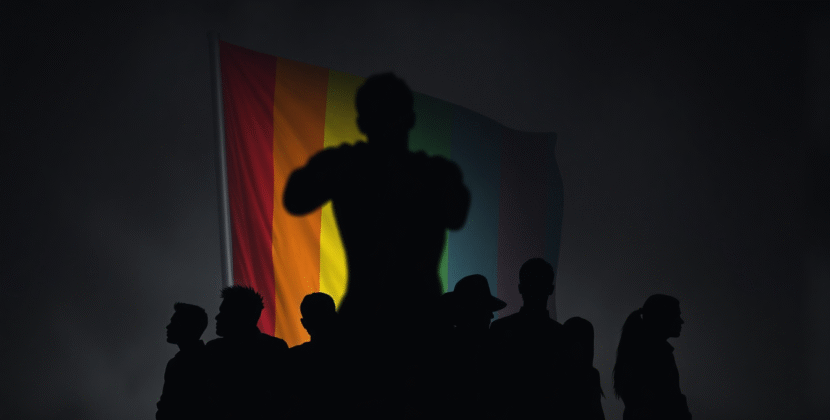
China Establishes Global Mediation Group for Enhanced Conflict Resolution
In an increasingly complex geopolitical landscape, China’s recent initiative to establish a Global Mediation Group comprising 40 nations marks a significant step towards enhancing international conflict resolution. This initiative seeks to create a structured platform for mediation and dialogue in conflict-affected areas. The emphasis on preventive diplomacy, backed by China’s extensive diplomatic resources, highlights the country’s commitment to global peacebuilding initiatives. This post explores how this coalition is set to reinforce China’s influence in global peacekeeping, the strategic focus areas, and the potential implications for international relations.
Understanding the China Global Mediation Group
The China Global Mediation Group is a strategic assembly of 40 nations from varied geographic regions, each bringing unique insights and expertise to the table. By establishing this group, China aims to leverage multilateral mediation approaches that emphasize preventive diplomacy. The group aims to address diverse issues, including border disputes, trade disagreements, and civil conflicts.
Focus Areas of the International Mediation Group
- Border Disputes: The group provides a neutral ground for dialogue, aiming to defuse tensions and foster cooperation.
- Trade Disagreements: By offering mediation, the group seeks to facilitate smoother international trade relations.
- Civil Conflicts: Addressing civil unrest and conflict through negotiation and dialogue to pave the way for sustainable peace.
China’s Diplomatic Role and Strategy
At the heart of the China mediation strategy is the utilization of its extensive diplomatic resources to foster a collaborative conflict resolution approach. This initiative bolsters China’s position as a leader in international mediation and conflict resolution. By spearheading this network, China not only strengthens its diplomatic ties but also enhances its capacity to influence global peacebuilding efforts.
Caption: Representatives from various nations discuss mediation strategies.
Potential Implications and Benefits
As this international mediation group embarks on its mission, several potential benefits can be anticipated:
- Enhanced collaborative efforts in conflict resolution.
- Strengthened diplomatic relations among member nations.
- Improved global stability and peace through structured dialogue.
With China’s leadership, the coalition’s success could redefine international conflict resolution strategies and promote sustainable peace.
Conclusion
In conclusion, the establishment of the China Global Mediation Group represents a pivotal step in international conflict resolution efforts. By promoting multilateral mediation approaches and leveraging China’s diplomatic capabilities, this initiative underscores the importance of collaborative peacebuilding. Readers are encouraged to consider the long-term implications of this effort and engage in discussions on its potential impact on global diplomacy.
Frequently Asked Questions (FAQ)
What is the China Global Mediation Group?
The China Global Mediation Group is an international coalition of 40 nations established to enhance conflict resolution through structured mediation and dialogue.
How does this initiative affect China’s international relations?
This initiative positions China as a key player in global peacekeeping, strengthening its diplomatic relations and influence on the world stage.
What are the main areas of focus for this mediation group?
The main focus areas include border disputes, trade disagreements, and civil conflicts, using preventive diplomacy and collaborative efforts.







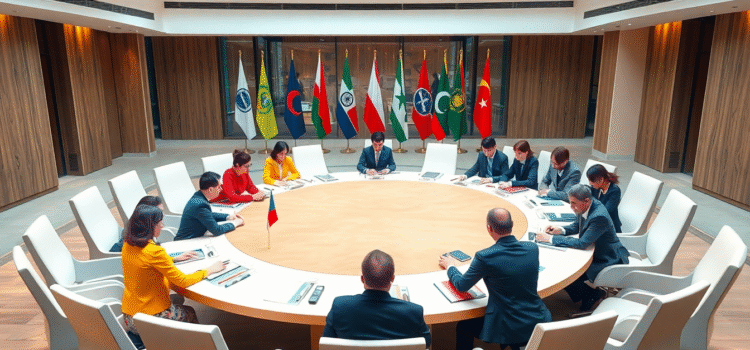

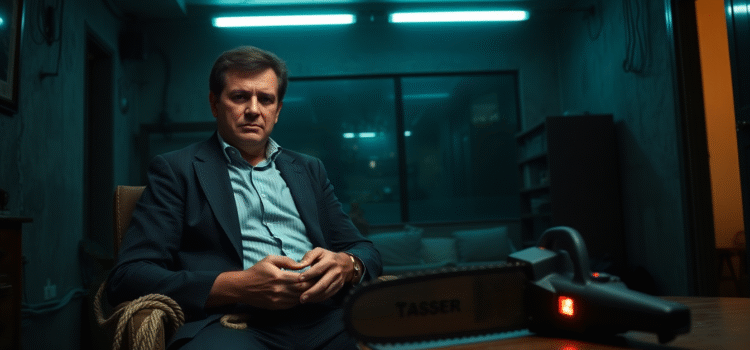
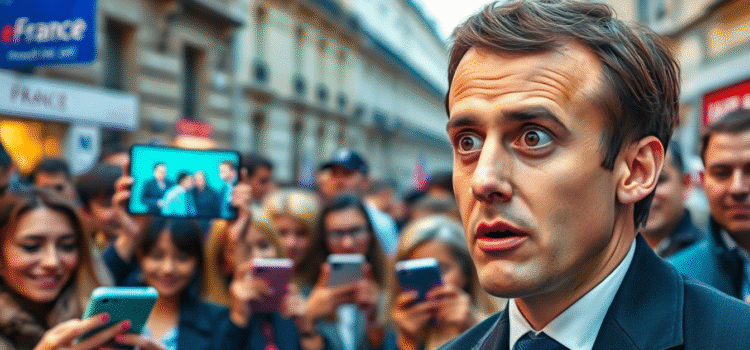
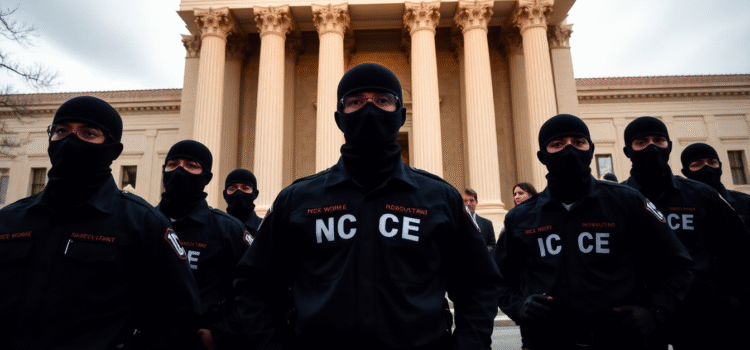
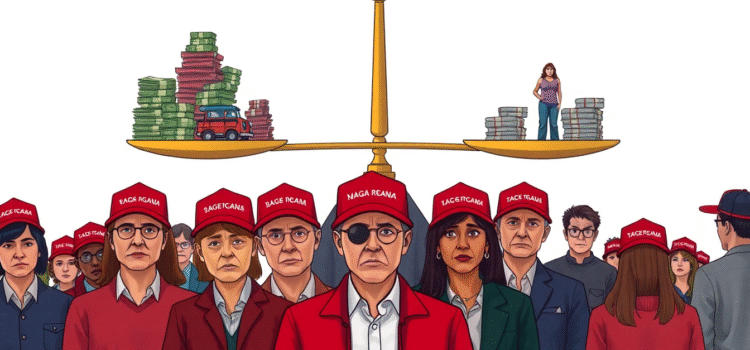
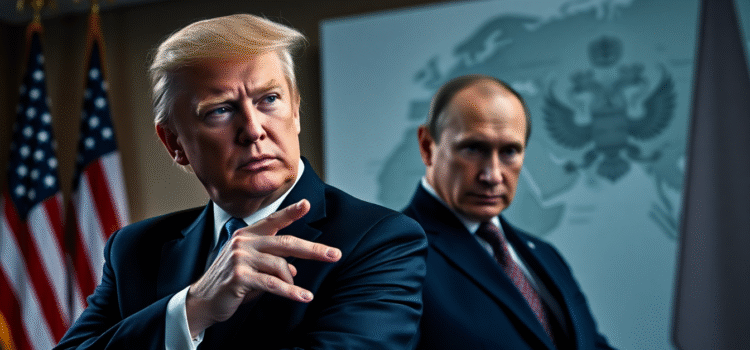
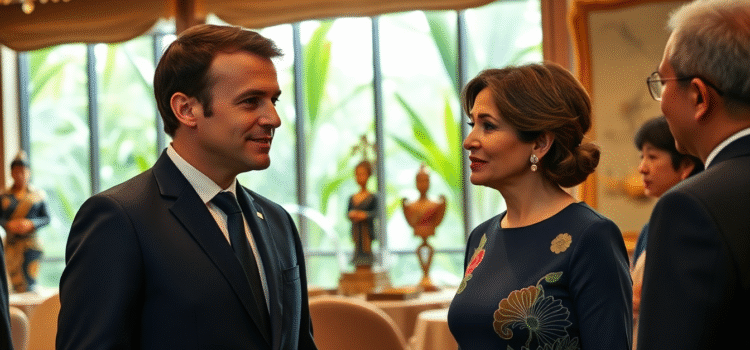


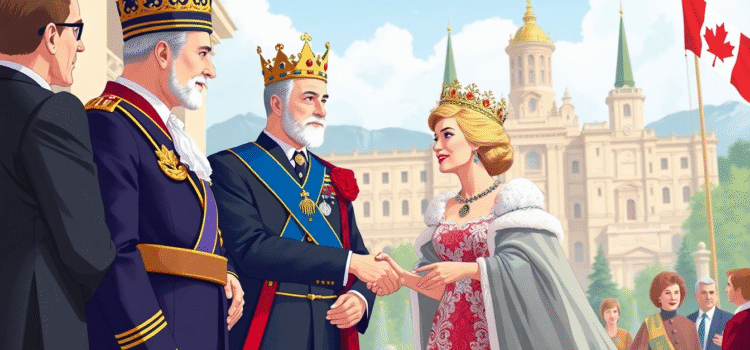
Comments